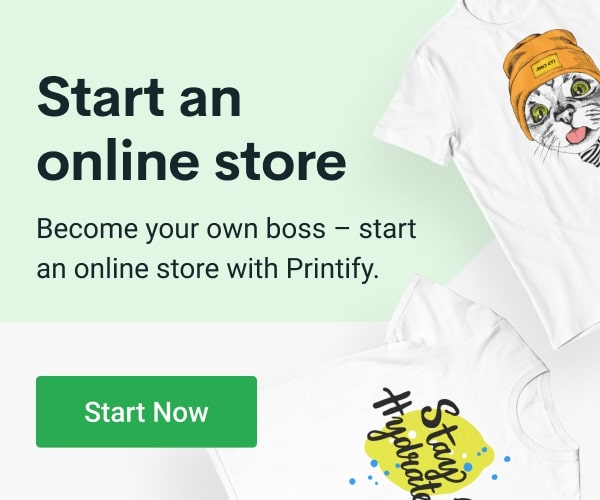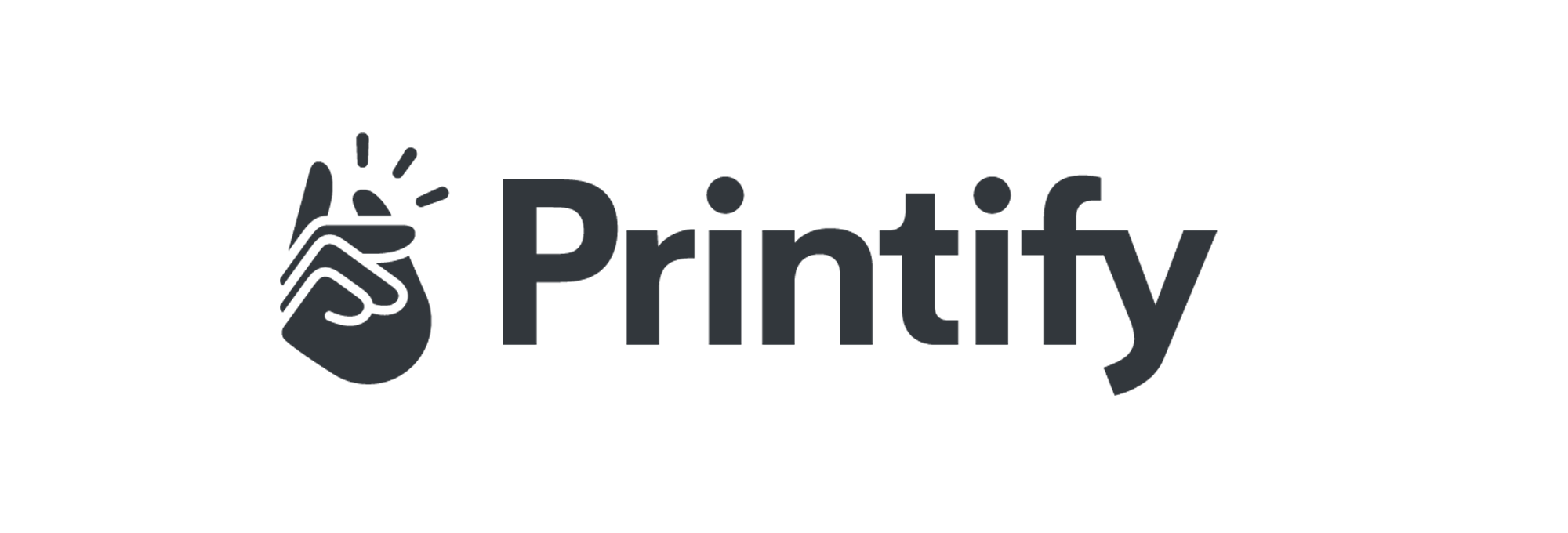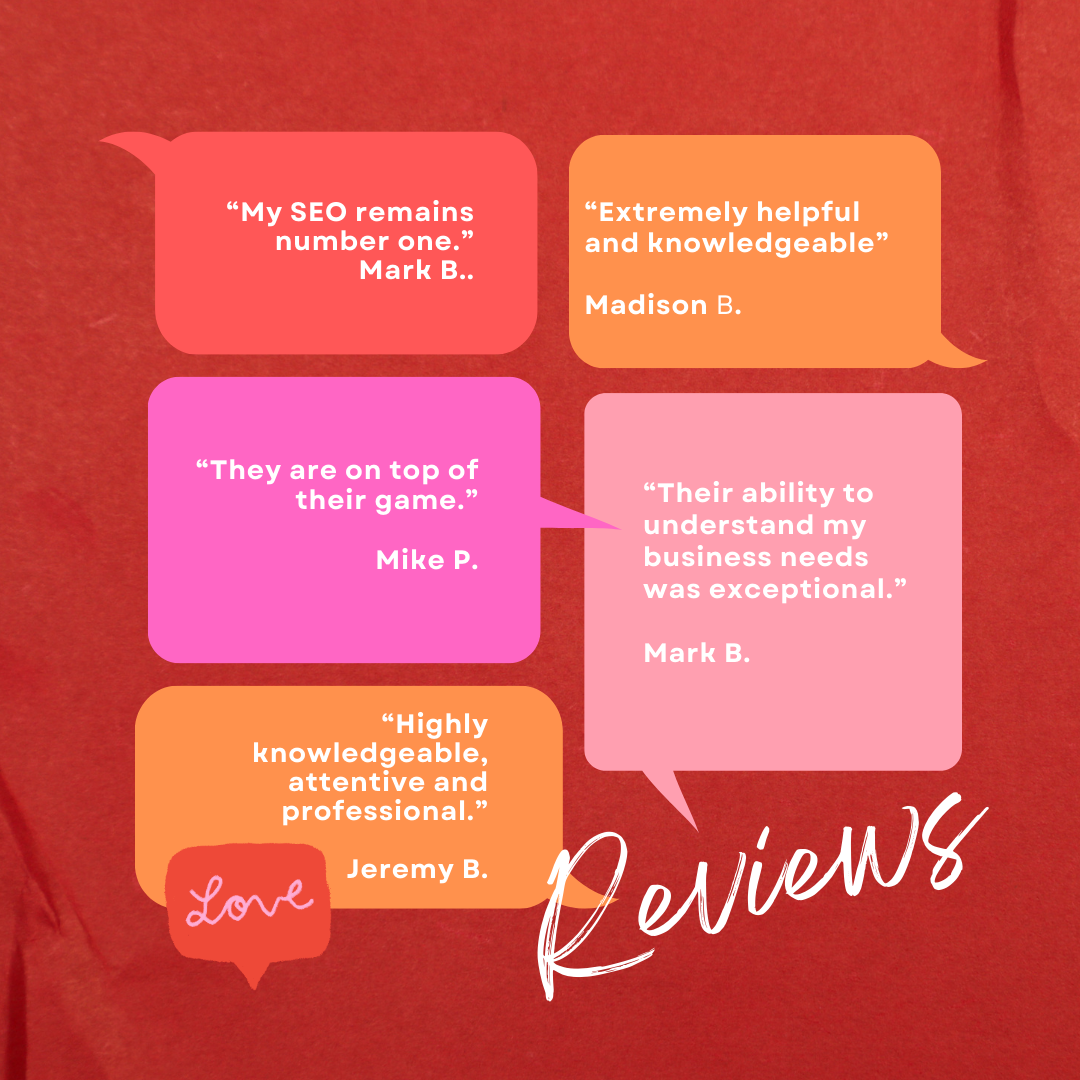Integrating Printify using Print-on-demand (POD) has revolutionized the way entrepreneurs approach the e-commerce space, allowing for low-risk, customizable product offerings without the need for inventory. Among the plethora of POD platforms, Printify stands out as a significant player. This article delves into Printify’s functionalities and explores its integration capabilities with Shopify and WordPress sites using WooCommerce, offering insights for e-commerce entrepreneurs.
What Does Printify Do?
Printify operates as a facilitator between e-commerce sellers and a network of print providers. Unlike traditional production models, Printify doesn’t produce goods itself but connects sellers with print providers who print and ship products directly to customers. This model simplifies logistics for sellers, allowing them to focus on design and marketing.
How Does Printify Work?
The process begins with the seller designing a product or selecting a design. Once a product is sold, Printify manages the logistics of printing and shipping. This seamless process involves minimal involvement from the seller after the initial setup, making it an attractive option for entrepreneurs.
Integrating Printify with Shopify and WooCommerce
Integrating Printify with Shopify or a WordPress site using WooCommerce is straightforward. For Shopify users, the Printify app can be added from the Shopify App Store, enabling direct synchronization of products from Printify to the Shopify store. WooCommerce users can integrate Printify through the Printify for WooCommerce plugin, linking their WordPress site to Printify’s platform. This integration allows for real-time updates on orders and product customization, streamlining the sales process.
Product Offerings and Quality
Printify boasts a diverse range of over 250 products, from apparel to accessories. The quality of these products depends on the chosen print provider, allowing sellers flexibility in balancing cost and quality. Sellers can select providers based on location, price, and product range, customizing their offerings to meet specific market needs.
Pricing and Profit Margins
One of Printify’s advantages is its competitive pricing, which enables higher profit margins for sellers. With no upfront costs and the ability to set retail prices freely, sellers can optimize their pricing strategies to maximize profits. Printify also offers a Premium Plan that provides discounts on products, further enhancing profitability for high-volume sellers.
Comparison with Competitors
Printify’s main competitor, Printful, offers a similar range of services but differs in production and shipping costs. While Printful is known for its quality, Printify allows for greater flexibility in choosing print providers, which can lead to cost savings for sellers willing to navigate the trade-offs between price and quality.
Advantages of Using Printify
- Flexibility in Product Selection and Print Providers: Sellers can choose from a wide range of products and select print providers based on various criteria.
- Seamless Integration with E-commerce Platforms: Printify’s integration with Shopify and WooCommerce simplifies the process of selling customized products online.
- No Upfront Costs: This model eliminates the need for inventory, significantly reducing the financial risk for entrepreneurs.
Challenges and Considerations
- Quality Variability: Since product quality depends on the chosen print provider, sellers need to carefully select providers and possibly order samples to ensure quality meets expectations.
- Customer Service: Sellers are responsible for customer service, including dealing with returns and exchanges, as Printify does not handle these directly.
Integrating Printify for a Return on Investment (ROI)
When examining the return on investment (ROI) from using Printify for a print-on-demand (POD) business, it’s important to analyze several key factors that directly influence profitability. Printify, by connecting entrepreneurs with a vast network of print providers, offers a unique platform that can significantly impact the financial outcomes of e-commerce ventures.
Here’s an in-depth review of how Printify can influence ROI, broken down into several critical components:
1. **Upfront Costs and Investment**
One of the most compelling aspects of Printify for entrepreneurs is the minimal upfront investment required. Unlike traditional retail or e-commerce models, Printify’s POD approach eliminates the need for inventory. This significantly reduces the initial capital needed to launch a business, which, in turn, lowers the financial risk and can lead to a higher ROI since the costs associated with unsold stock are virtually nonexistent.
2. **Product Pricing and Profit Margins**
Printify enables sellers to set their own retail prices, which offers the flexibility to determine profit margins. Given the competitive base prices offered by Printify, entrepreneurs can mark up their products to achieve desirable profit margins. However, the key to maximizing ROI here is balancing product quality with cost-efficiency. Opting for Printify’s Premium Plan can further enhance margins by providing discounts on base prices, which is particularly beneficial for high-volume sellers.
3. **Diverse Product Range and Market Adaptability**
The ability to adapt to market trends without financial penalty is another factor positively impacting ROI. Printify’s extensive catalog of over 250 products allows businesses to experiment with different niches and designs without additional costs. This adaptability is crucial for capitalizing on trends and catering to diverse customer preferences, ultimately driving sales and improving ROI.
4. **Operational Efficiency and Scalability**
Printify’s seamless integration with major e-commerce platforms like Shopify and WooCommerce streamlines the operational aspect of running a POD business. By automating the order fulfillment process, sellers can focus on scaling their business without proportionately increasing their workload. This operational efficiency plays a significant role in enhancing ROI, as it allows for growth without significantly increasing operational costs.
5. **Shipping and Logistics**
Shipping costs and logistics are critical factors in e-commerce profitability. Printify’s network of global print providers enables sellers to choose providers closest to their customer base, reducing shipping times and costs. This not only improves customer satisfaction but can also reduce the costs associated with shipping, thereby positively affecting ROI.
6. **Customer Satisfaction and Repeat Business**
While not directly a feature of Printify, the platform’s ability to provide quality products consistently influences customer satisfaction, which is crucial for repeat business and long-term profitability. Ensuring quality by selecting reputable print providers and ordering samples can lead to higher customer retention rates, impactful word-of-mouth marketing, and, subsequently, a better ROI.
Printify offers a compelling option for entrepreneurs looking to enter the e-commerce space with a print-on-demand business model. Its integration with Shopify and WooCommerce allows for a streamlined process from product creation to sale, providing flexibility in product offerings and the ability to optimize profit margins. While challenges such as quality variability and customer service responsibilities exist, the benefits of using Printify make it a worthwhile consideration for those looking to leverage POD in their e-commerce strategy.


















